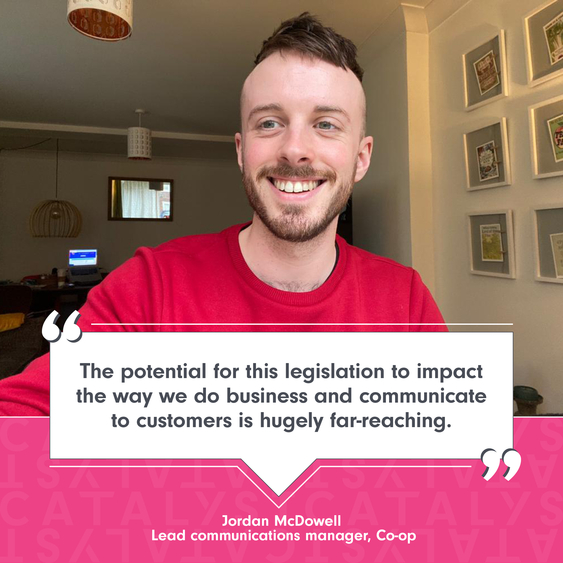Supporting the ‘fatty food law’ is marketing’s most surprising stance yet

- 09 July 2021
Results of brand new CIM research show marketers support more regulation, not less – but are we right to be surprised, asks Morag Cuddeford-Jones?
Following a long period of consultation, the UK Government has finally announced that it plans to go ahead with implementing its high fat, sugar and salt product (HFSS) restrictions at the end of 2022. This means that products falling into this category cannot be advertised before a 9pm watershed on TV or on-demand services, as well as restricting paid-for HFSS ads online.
The ‘why’ is clear – childhood obesity is rising, with one in three Year 6 (age 10-11) children classed as overweight or obese. Children are consuming more calories than they need and most of those are coming from unhealthy snacks and drinks. There are expected to be restrictions around in-store promotions as well as removing the frequent BOGOFs and discounting.
So far, so apparently sensible.
Yet detractors argue that the regulation is like using a hammer to crack a nut (a very, very large hammer). They believe it targets too many products that make up part of an otherwise sensible balanced diet (although initial flubs which saw cheese targeted have now been exempted) and place heavy restrictions on companies with legitimate products to sell whose channels to sell them are now excessively constrained.
Indeed, this was the view of marketers invited to participate in a Catalyst roundtable, which was reported in Issue 2, 2021 – Food Fight (p26). Attendees included Christie Dennehy-Neil, head of policy and regulatory affairs at the IAB, Joshua Aldersey-Clarricoats, managing partner at Hell Yeah! ad agency and Jordan McDowell, lead communications planning and media optimisation manager, customer propositions and communications, at the Co-op.
McDowell said: “The potential for this legislation to impact the way we do business and communicate to customers is hugely far-reaching. We’ve been engaged from the perspective that, if there’s a total ban, how are you going to work around that, [while thinking about] what positive things we can do as a multidisciplinary industry to make more positive change.”


However, the latest research from CIM among 50 top-flight CMOs would suggest that regulation has been a long time coming. The survey found that only 26% felt current regulations were fit for purpose while 54% were in favour of the proposed HFSS restrictions. Similarly, 58% wanted tighter controls on products aimed at children.
CIM chief executive, Chris Daly, said in a message accompanying the report that “professional marketers are rightly wary of loose regulatory controls allowing a few bad apples to sour the trust of consumers”.
How the new restrictions really impact the communication of HFSS foods, only time will tell. The proposals do seem far-reaching although there is a fairly long (and occasionally confusing) set of exemptions and alterations allowed. It may well be that the ‘bad apples’, like any favourite flouter of regulations, may find new restrictions just another challenge to overcome. Hopefully their antics won’t sully the good intentions of the many. Certainly, while restrictions may seem frustrating, they are also an opportunity to find best practice and change the industry – both food and marketing – for the better.
For more on the marketer reaction to HFSS regulation in Catalyst, look up ‘Food Fight’ on page 26 of Issue 2, 2021.
To delve into CIM’s CMO50 marketing research in more detail, view the full report now.

- 0 views

 FAQs
FAQs
 Log in
Log in
 MyCIM
MyCIM






